European mountain adventures conjure dreams of dramatic peaks, charming villages, and outdoor experiences that blend natural splendor with centuries of alpine culture. Two destinations consistently top the wish lists of mountain enthusiasts: the iconic Swiss Alps and the distinctive Italian Dolomites. While both offer exceptional alpine experiences, their character, activities, and atmospheres differ in ways that create completely different mountain journeys.
Here is a list of 20 outdoor experiences that distinguish these two magnificent mountain regions from each other.
Scenic Rail Journeys
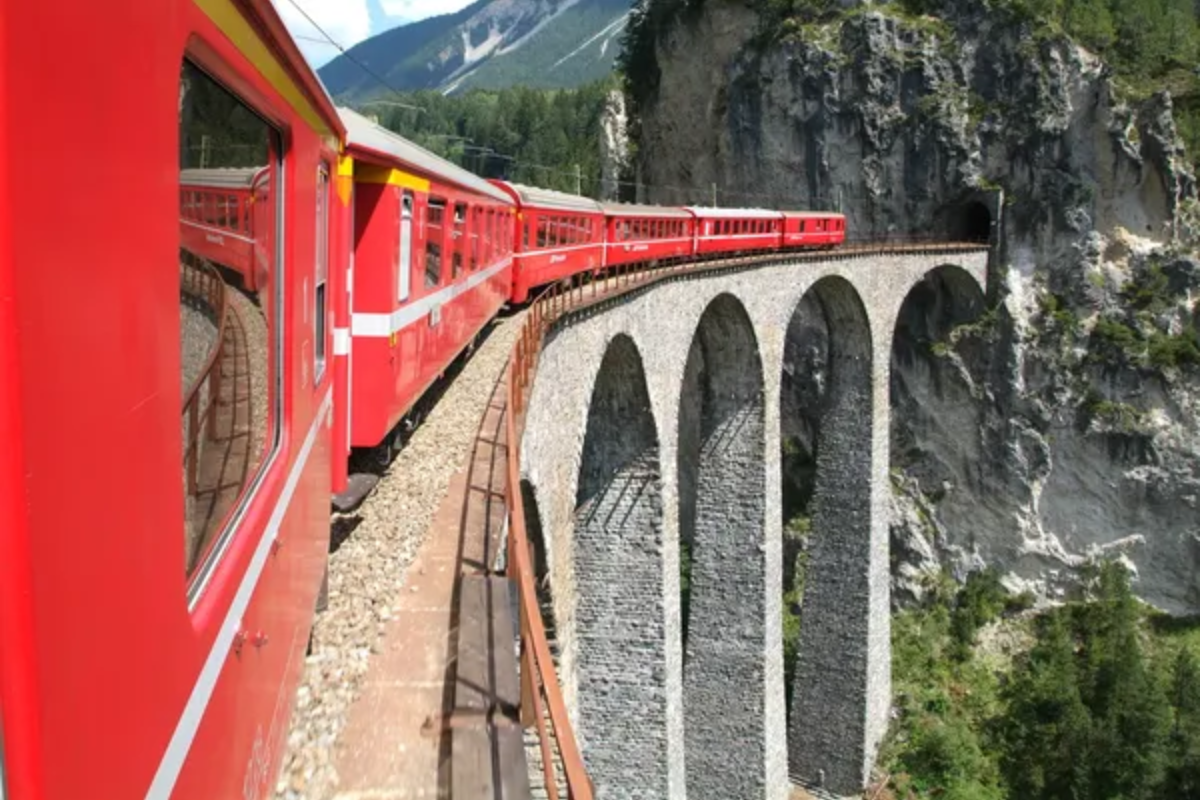
The Swiss Alps feature the world’s most impressive mountain rail networks, with engineering marvels like the Glacier Express and Bernina Express winding through mountain passes, over countless bridges, and through precision-carved tunnels. These comfortable trains access remote alpine regions while offering panoramic views through oversized windows.
The Dolomites lack comparable rail infrastructure, with trains primarily serving valley approaches rather than penetrating deep into the mountains, making scenic rail journeys a distinctly Swiss rather than Dolomite experience.
Via Ferrata Heritage

The Dolomites claim the original via ferrata routes, created during World War I when Italian and Austrian troops installed iron cables and ladders to move soldiers through previously inaccessible terrain. Today, these ‘iron paths’ offer non-technical climbers access to dramatic mountain positions with historical significance.
While Switzerland has developed excellent via ferrata routes in recent decades, they lack the historical resonance and sheer quantity found throughout the Dolomites, where the activity connects participants directly with mountaineering heritage.
Like Travel Pug’s content? Follow us on MSN.
Architectural Mountain Huts
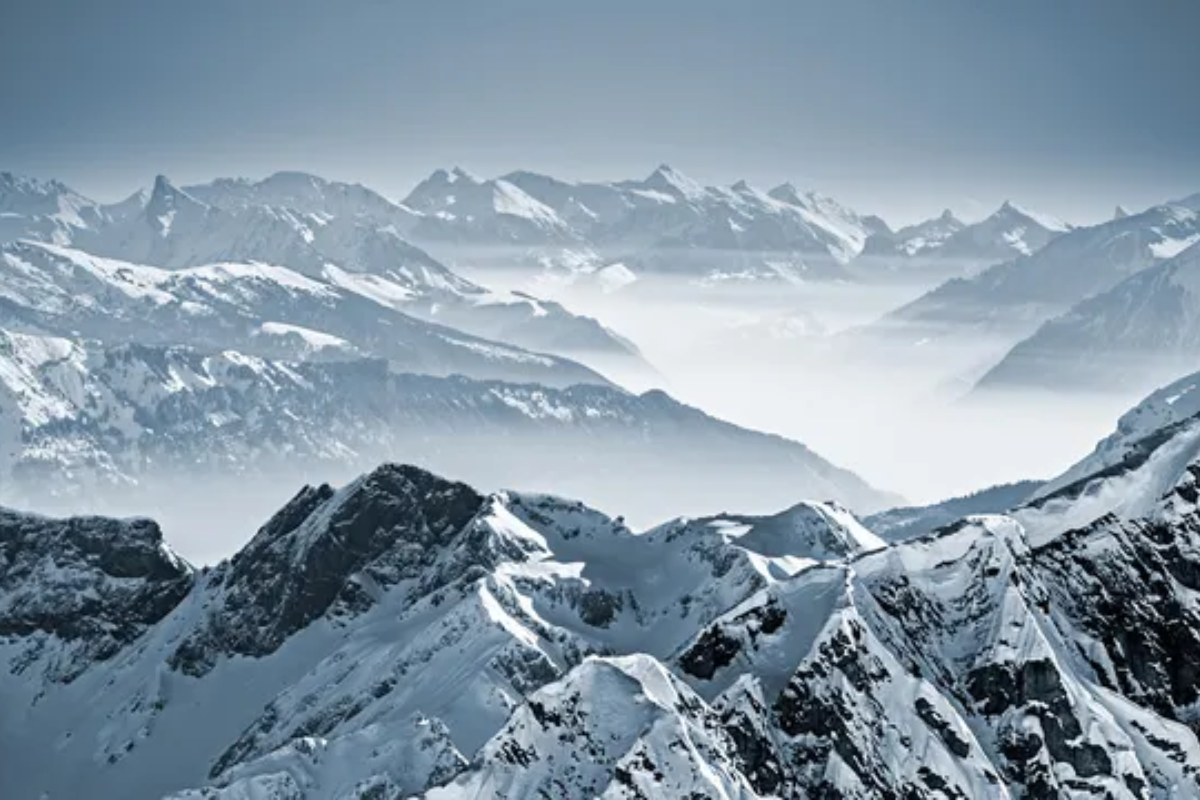
Alpine huts in the Swiss Alps typically feature traditional chalet architecture with wooden construction, gabled roofs, and functional designs prioritizing shelter in harsh environments. The Dolomites showcase more architecturally distinctive mountain refuges, from modernist structures like Rifugio Lagazuoi to repurposed military buildings and innovative contemporary designs that function as architectural destinations themselves.
The Italian approach often places greater emphasis on bold design statements, creating mountain shelters that frequently appear in architectural publications.
Cultural Diversity
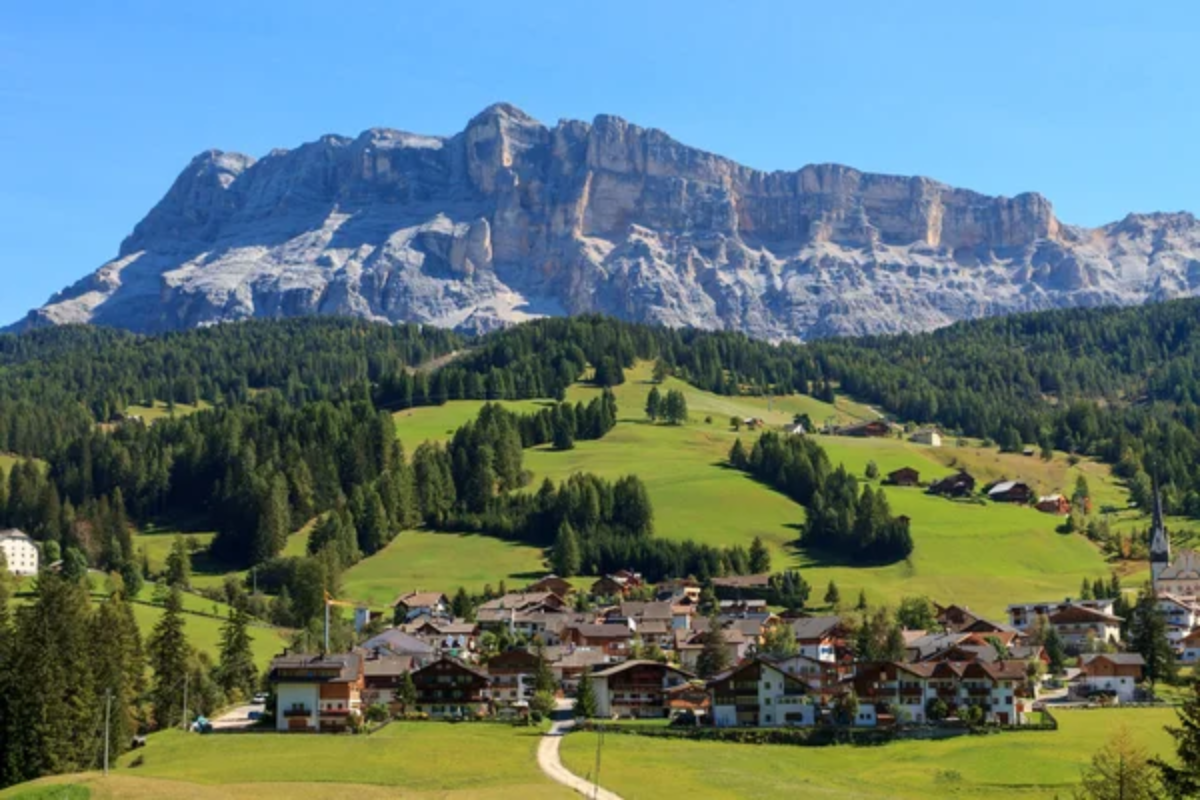
The Swiss Alps span regions with distinct French, German, Italian, and Romansh influences, creating noticeable cultural transitions as travelers move between valleys where language, cuisine, and building styles shift dramatically. The Dolomites, while officially containing areas with Germanic Tyrolean heritage, present a more consistent Italian cultural experience despite these local variations, with stronger cultural homogeneity across the mountain range, particularly in terms of cuisine and lifestyle.
Rock Climbing Quality

The Dolomites offer some of the world’s finest traditional rock climbing on distinctive pale dolomitic limestone, with thousands of multi-pitch routes up towering faces and spires. The unique rock quality, featuring solid holds and dramatic position, has attracted climbers for generations. The Swiss Alps contain excellent climbing areas but with more varied rock quality and less concentrated climbing development, making them secondary to the Dolomites in terms of pure rock climbing experiences, particularly for mid-grade traditional climbers seeking classic routes.
Like Travel Pug’s content? Follow us on MSN.
Pastoral Alpine Farming
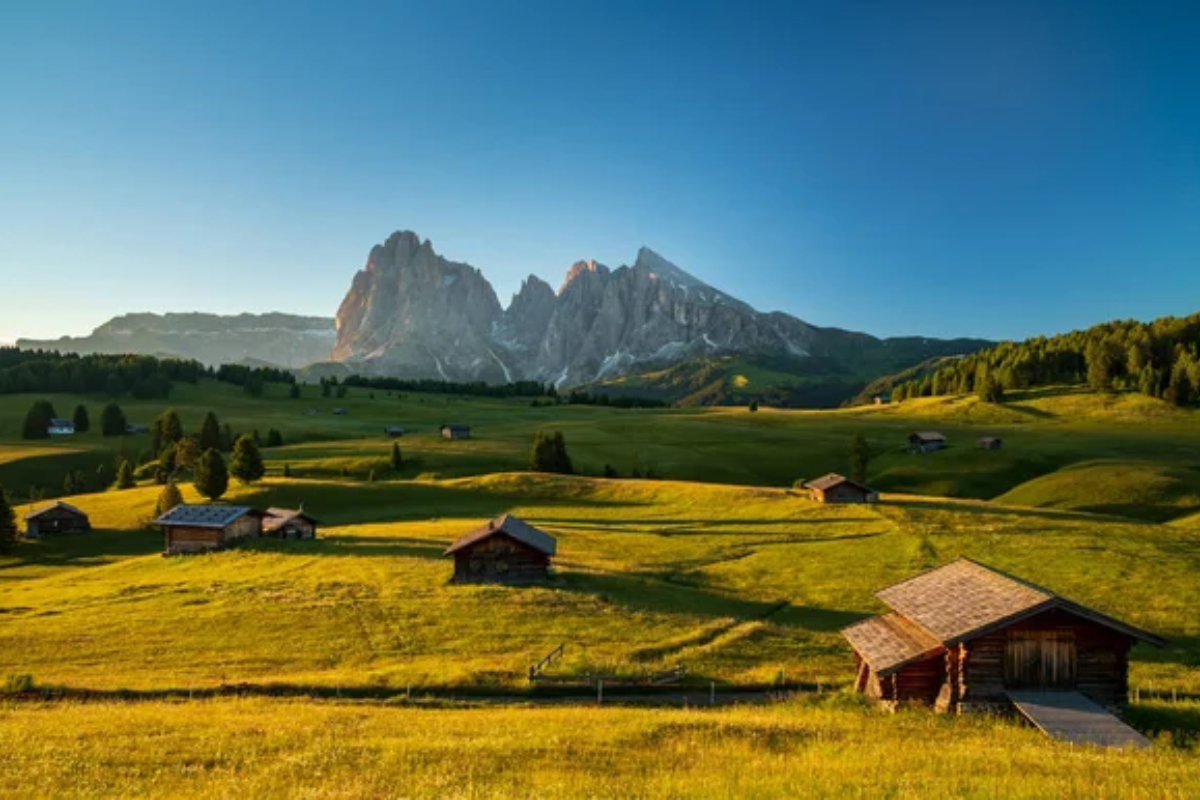
Swiss mountain culture remains deeply connected to pastoral farming traditions, with active alpine dairy operations producing renowned mountain cheeses during summer grazing months. Hikers regularly encounter working farms and can often purchase fresh cheese directly from producers or witness traditional cheesemaking processes.
The Dolomites feature alpine farming as well, but with less emphasis on dairy production and fewer opportunities for visitors to experience working farm operations directly, creating a different relationship between agriculture and tourism.
Lift-Accessed Mountain Biking
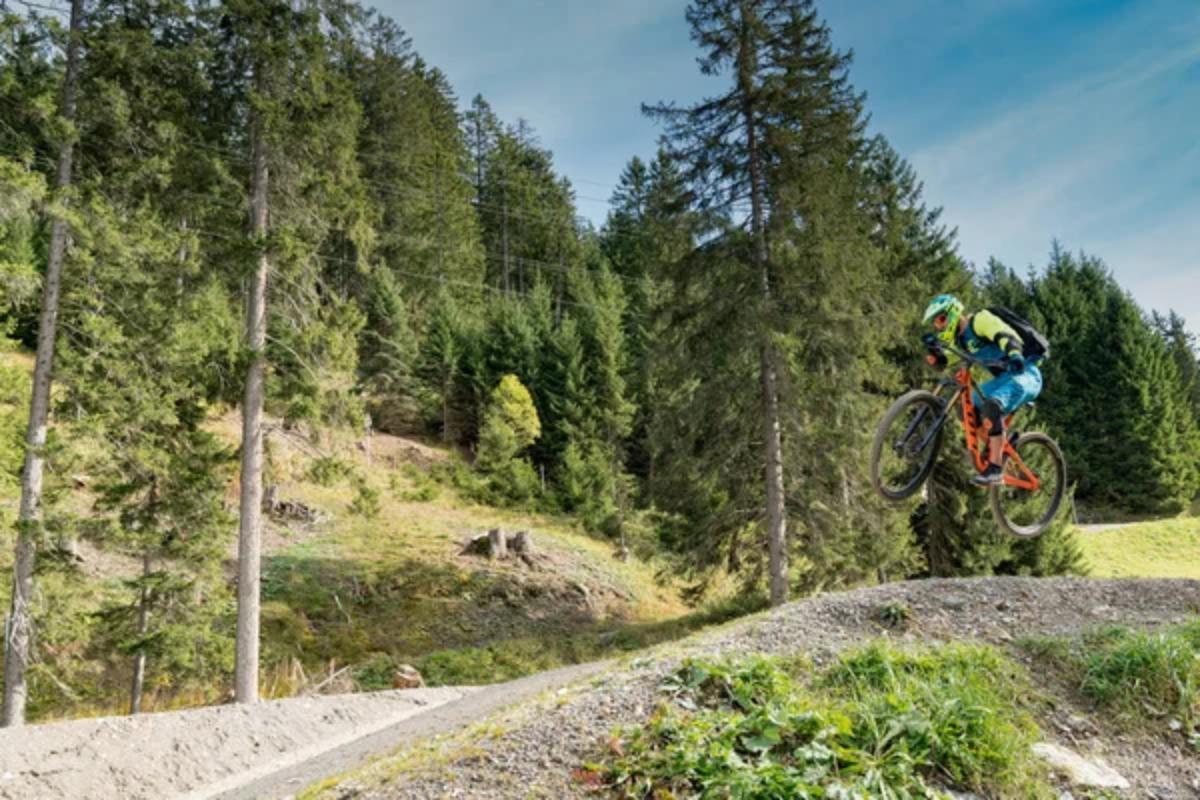
The Swiss Alps have invested heavily in mountain bike infrastructure, with many resorts developing extensive trail networks specifically designed for bikers, including purpose-built flow trails, technical descents, and bike-specific lifts with specialized carrying systems. The Dolomites offer growing mountain bike opportunities but generally lag behind in terms of purpose-built trails and bike-specific infrastructure, with many routes following existing hiking paths rather than bike-optimized terrain.
This gap continues to narrow as Italian resorts recognize biking’s tourism potential.
Glacial Experiences
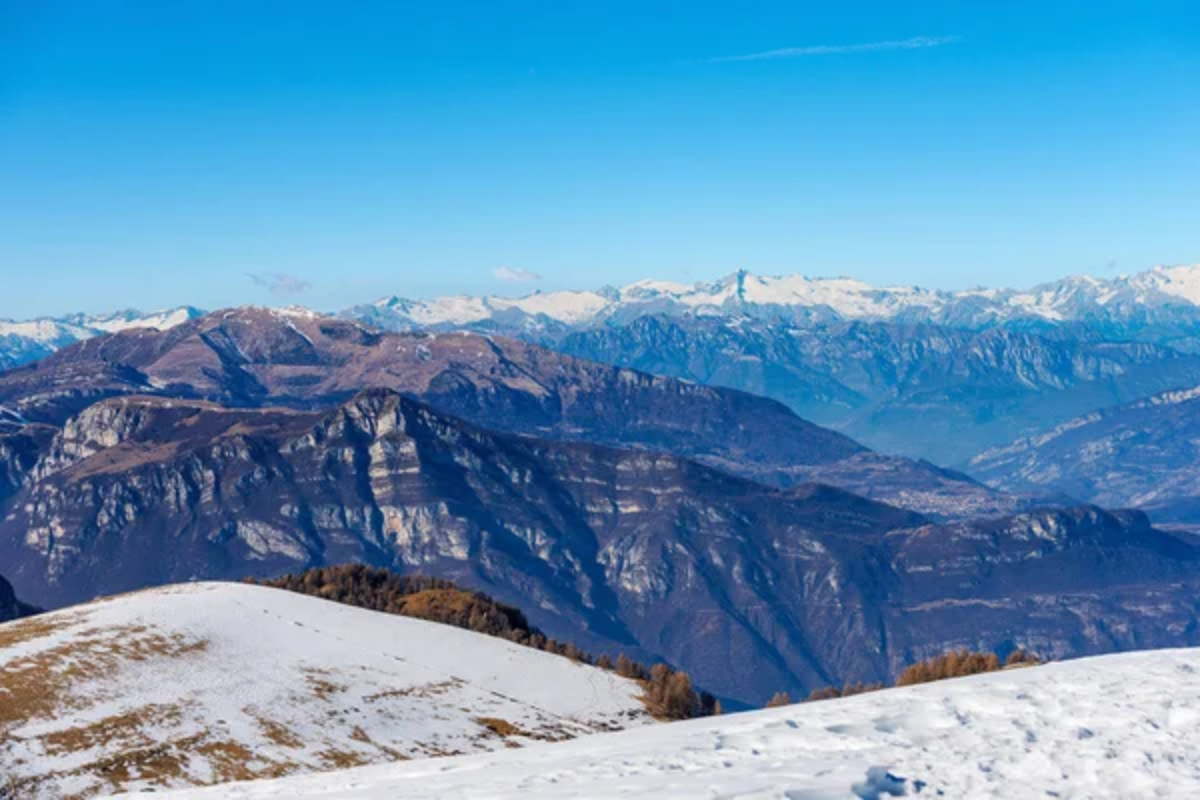
The Swiss Alps contain Europe’s most accessible major glaciers, including the Aletsch (the largest in the Alps), with developed viewing platforms, ice tunnels, glacier walks, and year-round skiing on several glacial zones. These massive ice rivers form a central part of the Swiss mountain experience.
The Dolomites feature only minimal glaciation due to their generally lower elevation and southern position, with relatively small ice fields like the Marmolada Glacier that lack the scale and accessibility of Switzerland’s glacial offerings.
Like Travel Pug’s content? Follow us on MSN.
Wildflower Meadows

The Dolomites burst with exceptional alpine wildflower displays, particularly in June and July, when high mountain meadows explode with extraordinary color variety and density. The combination of limestone substrate, varied elevation, and Mediterranean climate influences creates some of Europe’s most diverse and vivid alpine flora.
The Swiss Alps boast beautiful wildflowers as well. Still, the displays generally feature less diversity and concentration than the renowned Dolomite meadows, where botanical tourism draws visitors specifically for the floral spectacle.
Alpine Lake Swimming
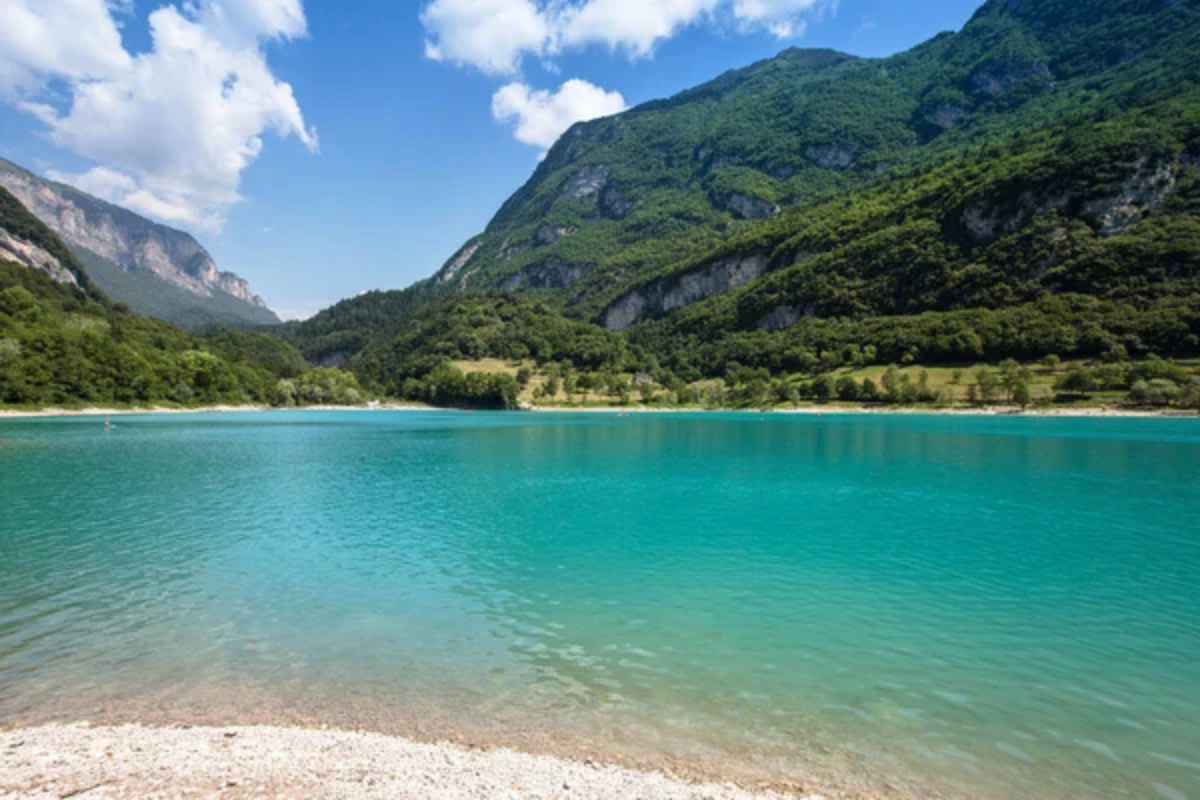
Alpine lakes in the Swiss Alps often feature developed swimming infrastructure, from simple wooden platforms to full lakeside facilities with changing rooms and sometimes heated pools integrated with natural waters. The swimming culture embraces these mountain lakes as summer destinations for families.
The Dolomites contain beautiful alpine lakes as well, but with less development for swimming activities and generally colder water temperatures that make prolonged swimming less common. However, the emerald colors of Dolomite lakes make them visually stunning.
Mountain Cuisine Experiences
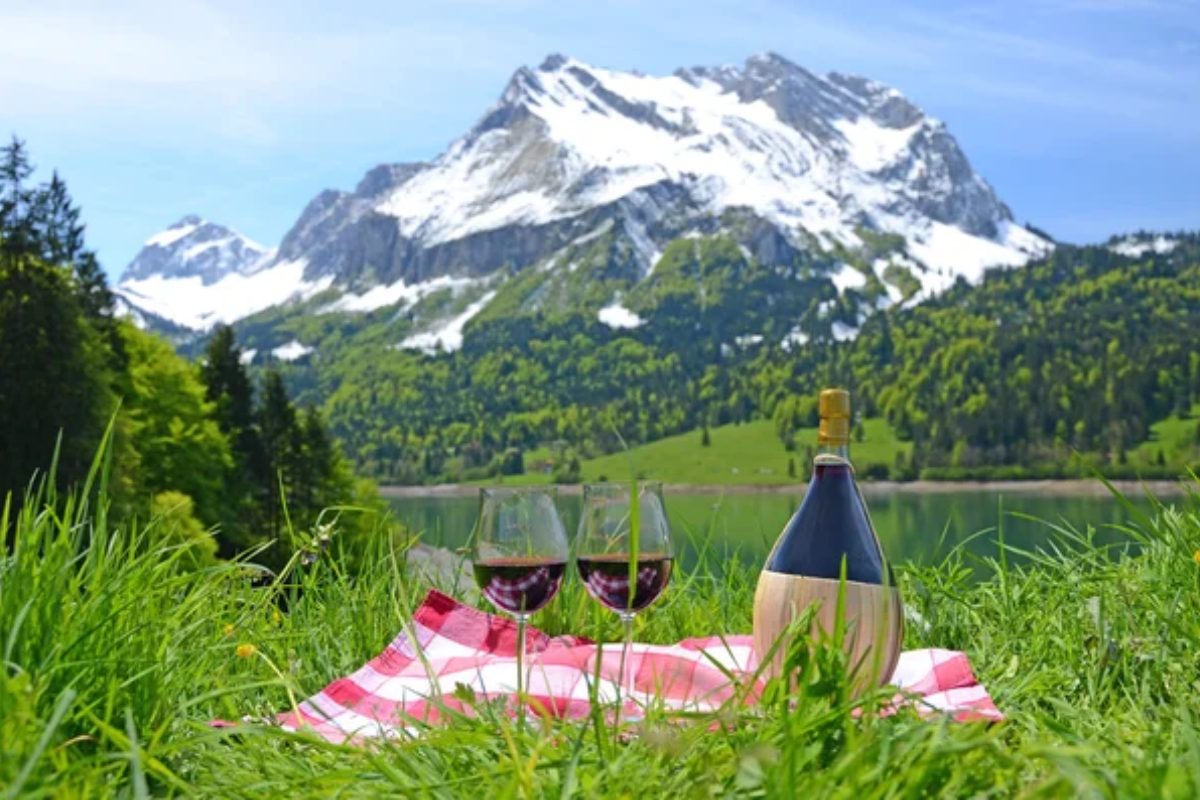
The Dolomites offer superior mountain dining experiences with remarkable hut cuisine reflecting northern Italian culinary traditions, from handmade pasta dishes to exceptional coffee and sophisticated desserts, even in remote locations. Mountain refuges often take pride in their gastronomy as a central aspect of the experience.
Swiss mountain huts typically provide heartier, simpler fare focused on traditional alpine dishes like rösti and fondue, with less emphasis on culinary sophistication. However, the quality remains satisfying for hungry hikers.
Like Travel Pug’s content? Follow us on MSN.
Winter Village Atmosphere

Swiss winter resorts often preserve traditional village atmospheres, with classic alpine architecture, car-free centers, and historical cores that maintain authentic mountain town character despite tourism development. Places like Zermatt, Mürren, and Grimentz offer experiences rooted in centuries of mountain settlement.
Many Dolomite ski areas developed later, with more purpose-built infrastructure and modern resort design. However, valleys like Alta Badia maintain a strong cultural identity through Ladin heritage that provides distinctive character.
Lift System Integration
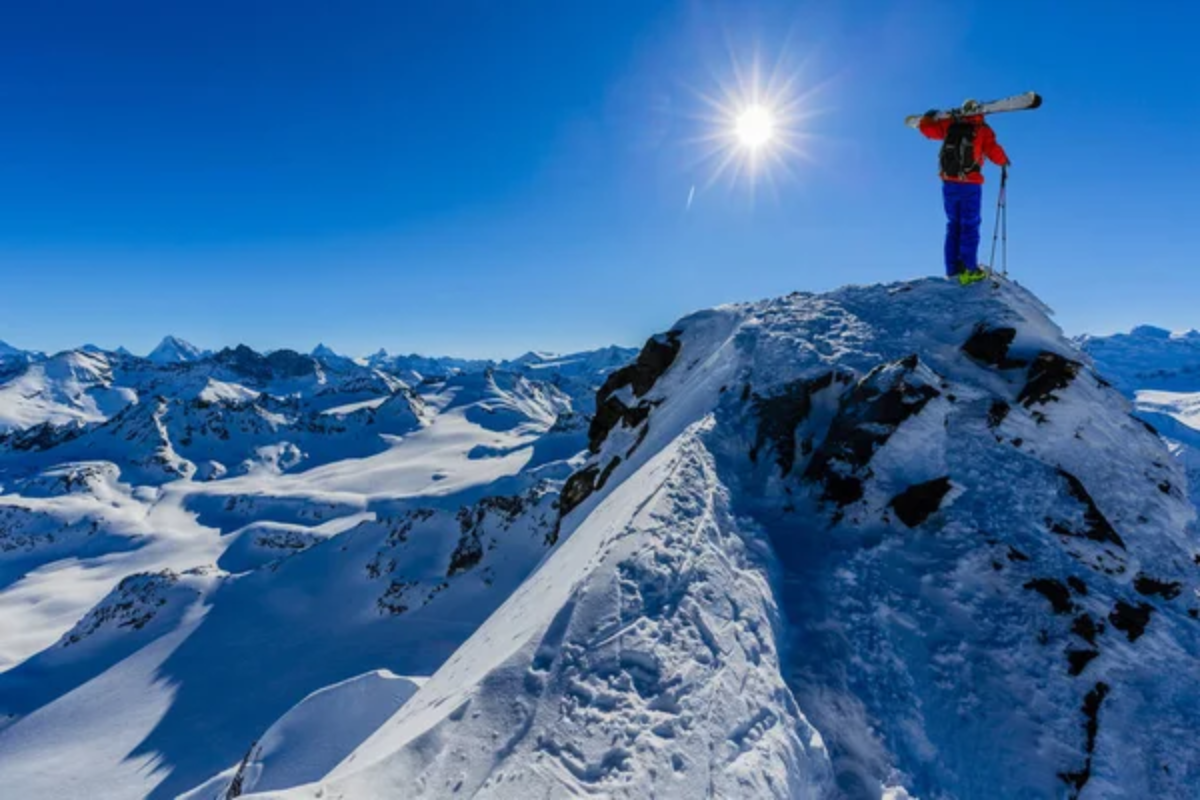
The Dolomiti Superski region integrates 12 ski areas with a single lift pass covering 745 miles of pistes and 450 lifts without requiring bus transfers, creating the world’s largest connected lift network. This seamless integration allows skiers to traverse enormous distances across multiple valleys without removing their skis.
Swiss ski regions, while extensive, typically feature less connectivity between different resort areas, often requiring transport links to move between major ski domains rather than direct ski connections.
Deep Backcountry Access
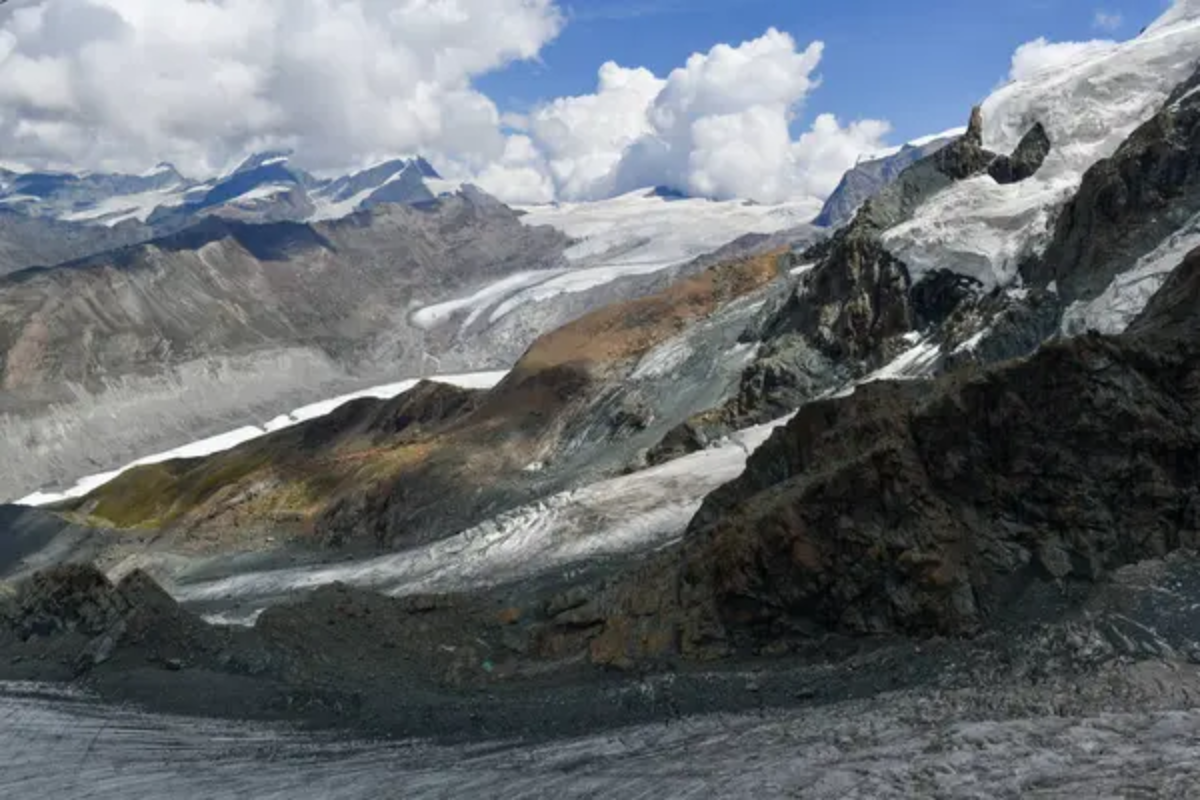
The Swiss Alps offer superior deep backcountry access with the famous Haute Route and numerous other multi-day ski touring itineraries utilizing an extensive hut system that enables multi-day winter journeys far from development—the scale and infrastructure support more remote, self-sufficient mountain experiences.
The Dolomites provide excellent off-piste skiing but with somewhat more limited deep backcountry potential due to the more developed nature of the region and less extensive wilderness areas, though exceptional day touring opportunities abound.
Like Travel Pug’s content? Follow us on MSN.
Night Sky Quality
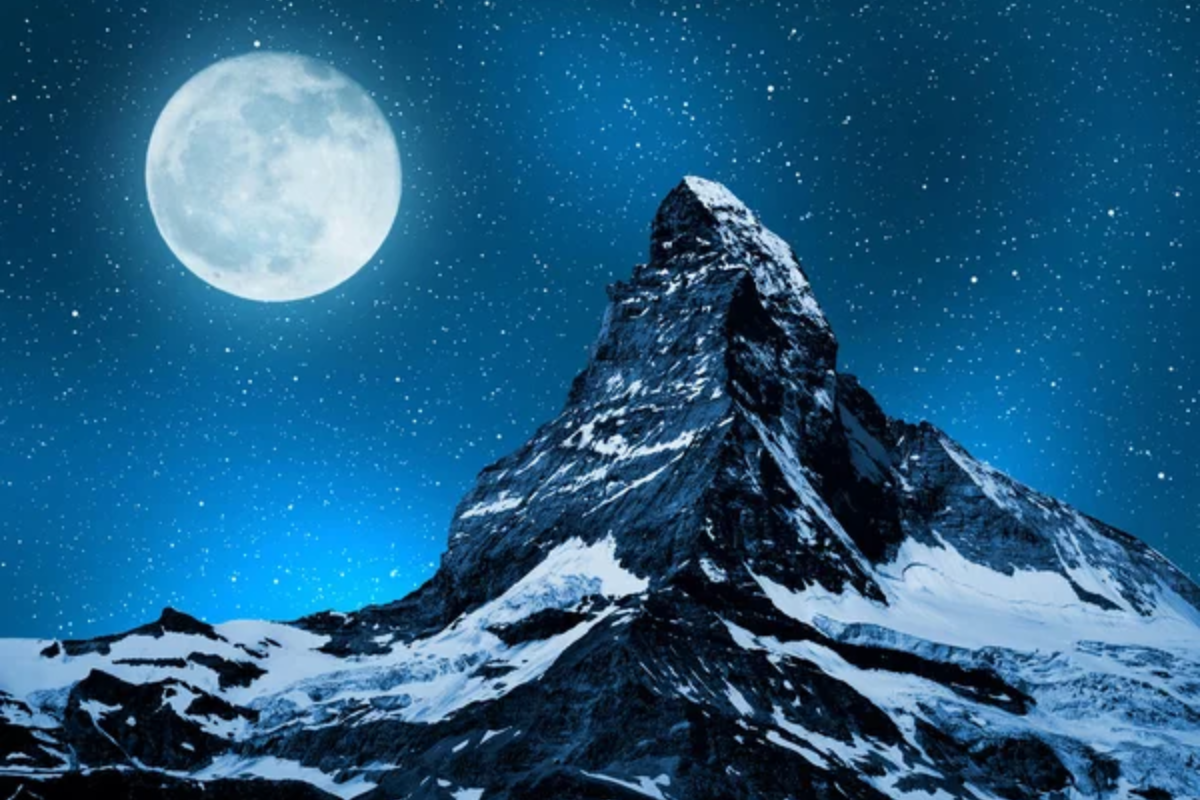
The Dolomites generally offer superior night sky viewing opportunities, with less light pollution affecting mountain areas due to fewer large urban centers and less extensive resort development. The dramatic rock formations silhouetted against star-filled skies create extraordinary astrophotography opportunities.
The Swiss Alps also contain excellent dark-sky locations. Still, more extensive development in many valleys creates greater light pollution that impacts astronomical observation in all but the most remote areas.
Outdoor Art Installations
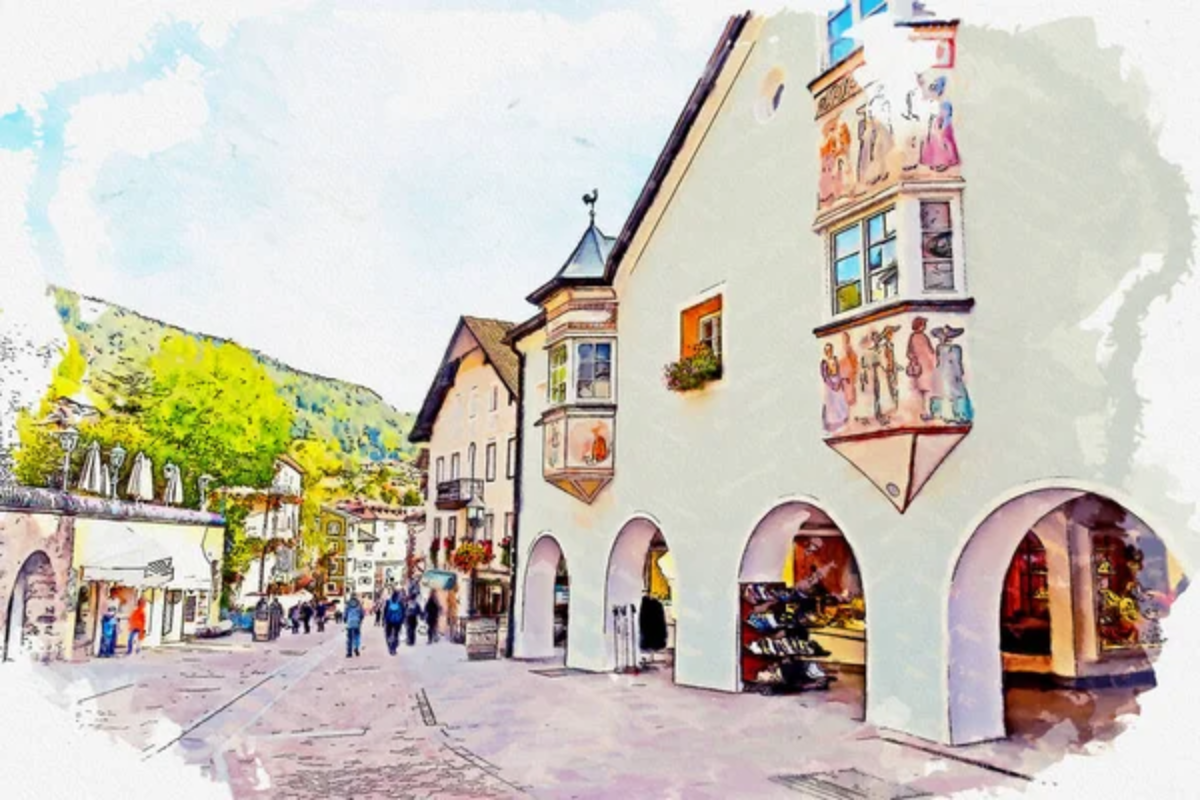
The Dolomites have embraced mountain art installations, particularly in the Alta Badia and Val Gardena regions, where sculpture trails and outdoor exhibitions integrate artistic experiences with mountain recreation. Annual events like SMACH (San Martin Art Culture History) showcase contemporary art in alpine settings.
The Swiss Alps feature occasional mountain art installations but have not developed such extensive integration of contemporary art with outdoor experiences, focusing more on traditional mountain culture than artistic innovation.
Sunrise Photography Opportunities
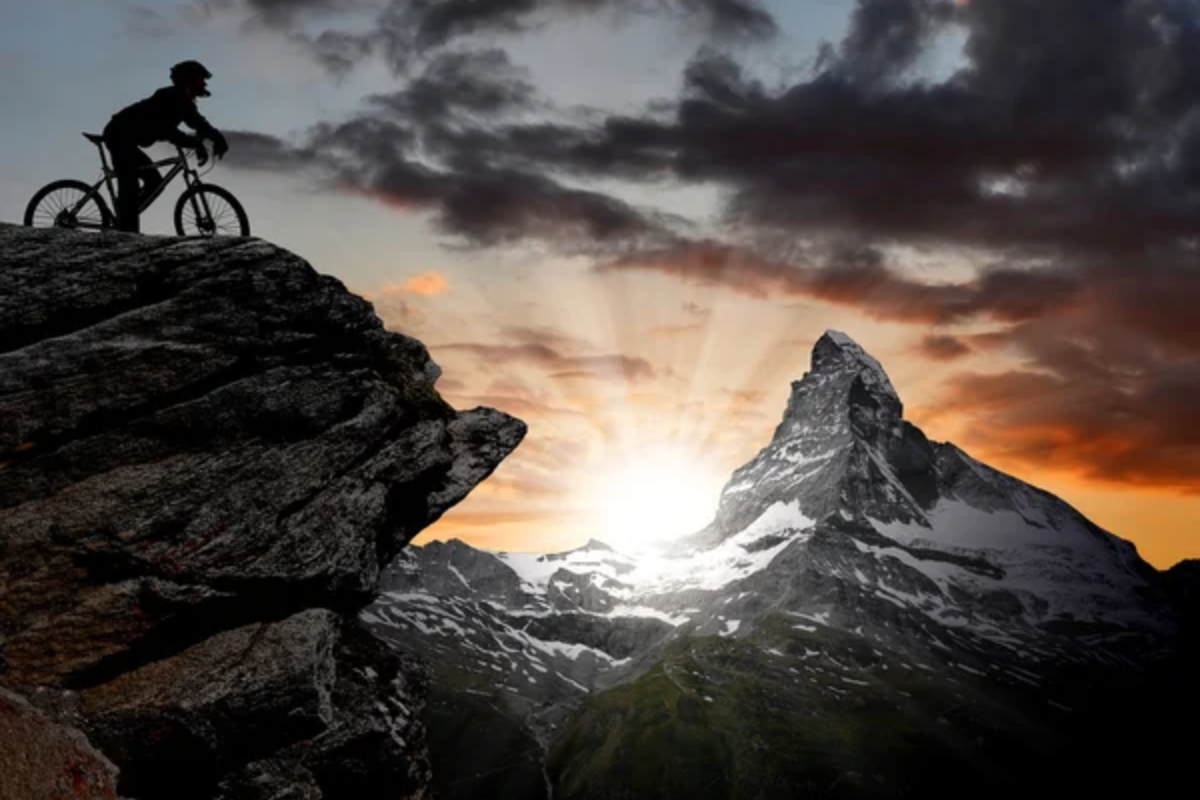
The Dolomites’ distinctive pale limestone formations catch early morning light with extraordinary effect, creating the famous ‘enrosadira’ (alpenglow) phenomenon, where peaks glow pink and orange at sunrise and sunset. This light quality attracts photographers worldwide to capture iconic locations like Tre Cime di Lavaredo or Seceda ridgeline.
The Swiss Alps offer dramatic mountain photography as well, but without the distinctive rock color and formation shapes that make Dolomite light phenomena particularly special to photographers seeking unique natural lighting effects.
Like Travel Pug’s content? Follow us on MSN.
Mountain Racing Traditions
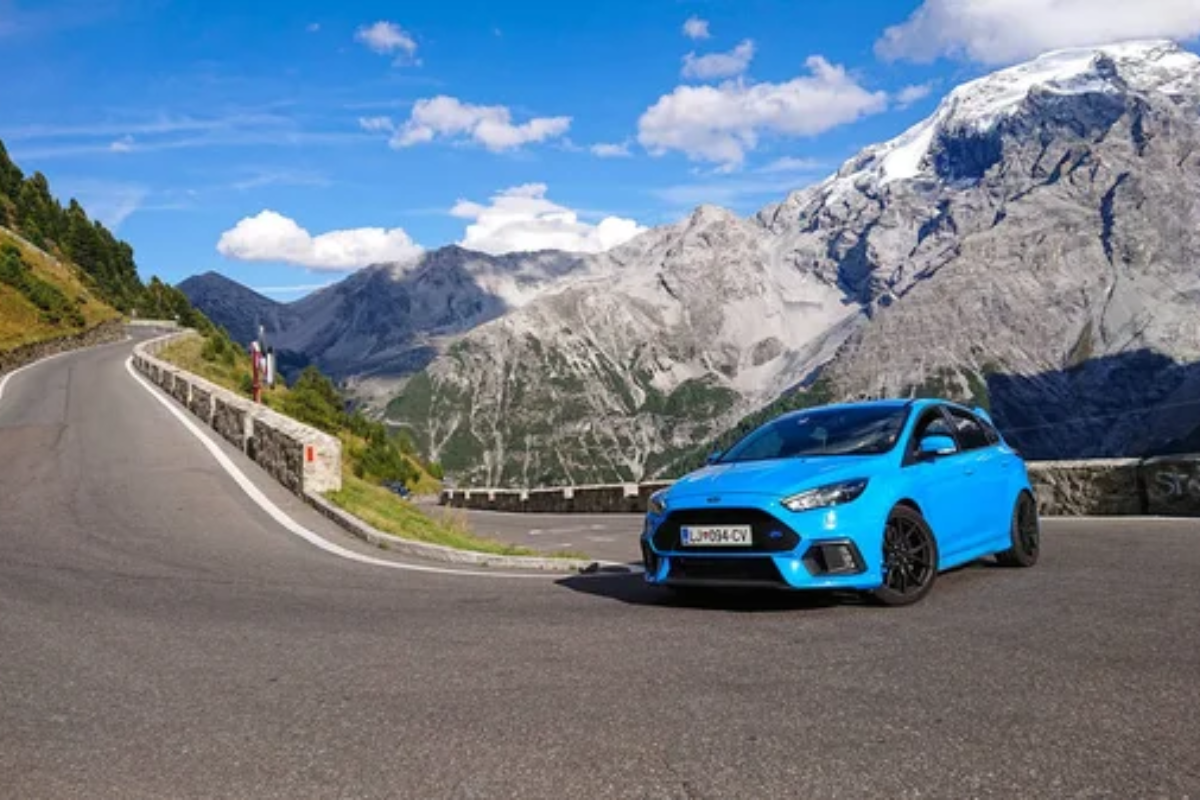
Swiss mountain culture embraces unique competitive traditions like Patrouille des Glaciers (the world’s toughest ski mountaineering race) and various village-to-village challenges that connect mountain communities through sporting events with deep historical roots.
The Dolomites host exceptional races as well, particularly the Maratona Dolomites cycling event, but with somewhat less emphasis on traditional mountain-specific competitions that reflect centuries of inter-valley rivalries and alpine heritage.
Accessible Summit Experiences
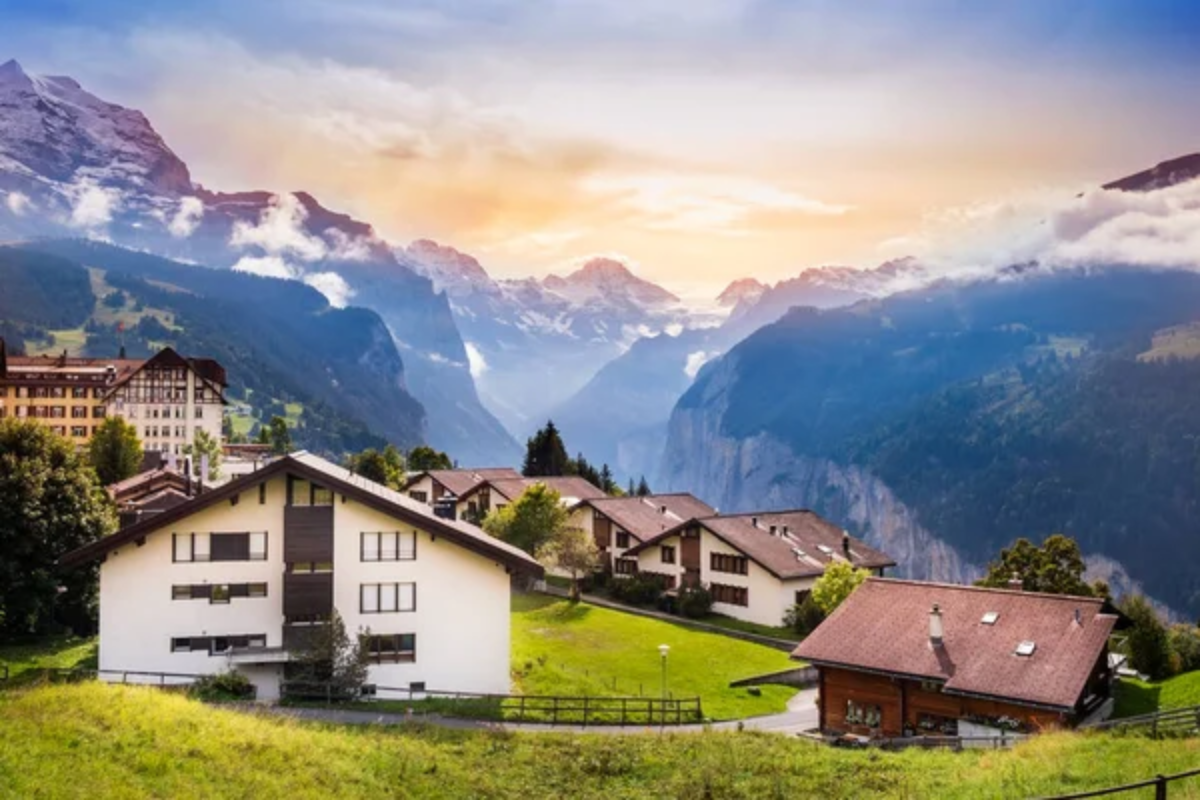
The Swiss Alps have developed remarkable infrastructure providing access to high mountain summits, including the Jungfraujoch ‘Top of Europe’ railway station (11,323ft) and numerous cable cars reaching above 9,840 feet. These engineering achievements enable non-mountaineers to experience high-alpine environments with minimal physical exertion.
The Dolomites feature excellent lift access as well but generally reach lower maximum elevations with slightly less infrastructure focused specifically on accessing mountain summits rather than skiing terrain.
Multi-Day Trekking Circuits
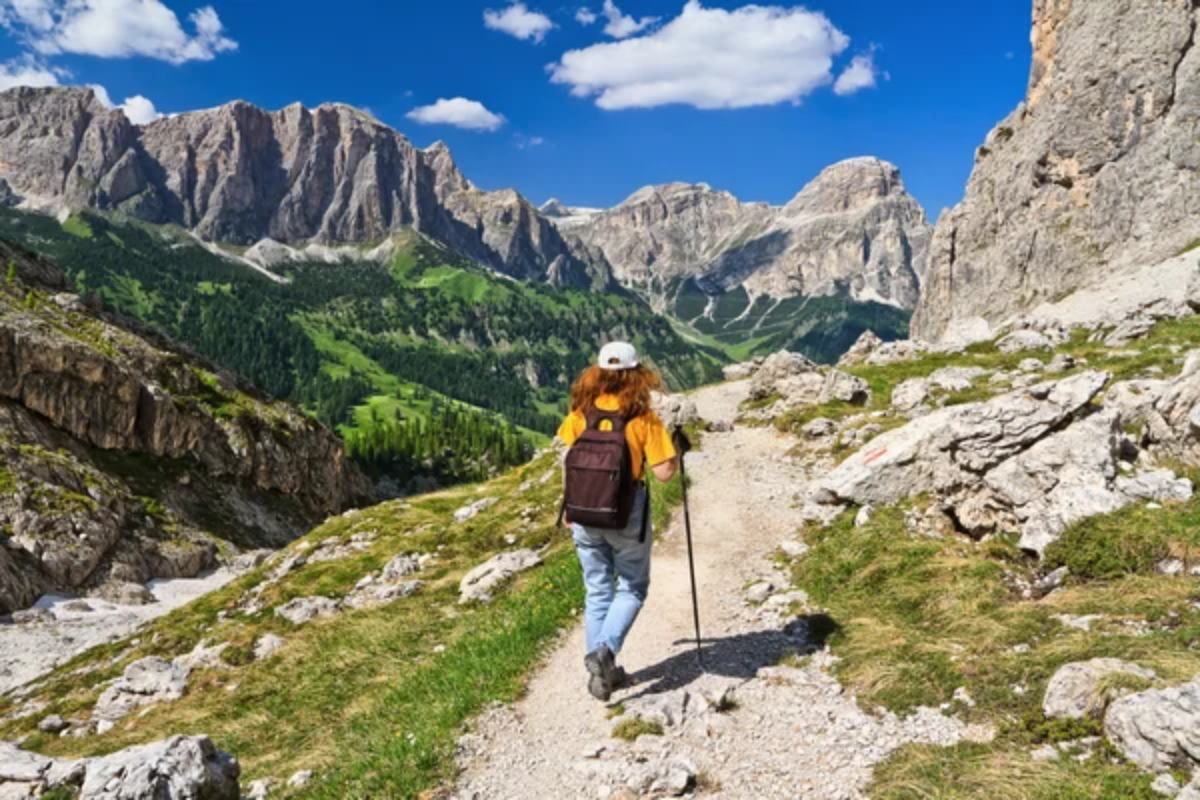
The Swiss Alps feature famous long-distance hiking circuits like the Tour du Mont Blanc and the Walker’s Haute Route, which have achieved bucket-list status among international trekkers. These established routes offer well-marked paths connecting multiple valleys with consistent hut infrastructure and transportation links that make multi-week journeys logistically straightforward.
The Dolomites offer excellent long-distance options like the Alta Via 1 and 2. Still, these trails typically remain less internationally recognized and less developed in terms of support services, creating a somewhat more adventurous feeling with fewer fellow international trekkers and more opportunities for solitude despite their incredible scenery.
Like Travel Pug’s content? Follow us on MSN.
Beyond The Peaks

These magnificent European mountain ranges offer distinctly different experiences despite their geographic proximity. The Swiss Alps deliver classic alpinism with extensive infrastructure, glaciated terrain, and multi-cultural mountain communities steeped in traditional pastoral heritage.
The Dolomites counter has extraordinary rock formations, superior climbing opportunities, remarkable wildflower displays, and Italian culinary influences that infuse mountain activities with Mediterranean warmth. Rather than choosing between these magnificent destinations, fortunate travelers might experience both to understand how geological differences and cultural heritage have shaped two distinctly different approaches to life among Europe’s most spectacular peaks.
More from Travel Pug

- 20 Towns Built for One Purpose That Were Later Abandoned
- 15 Hidden Spots in Disney World’s Magic Kingdom Most Visitors Miss
- 20 Once-Popular Beach Towns That Are Now Ghostly Empty
- 15 Canyons in the U.S. That Are Just as Stunning as the Grand Canyon
- 10 Under-the-Radar Mountain Towns That Are Both Affordable and Beautiful
Like Travel Pug’s content? Follow us on MSN.
